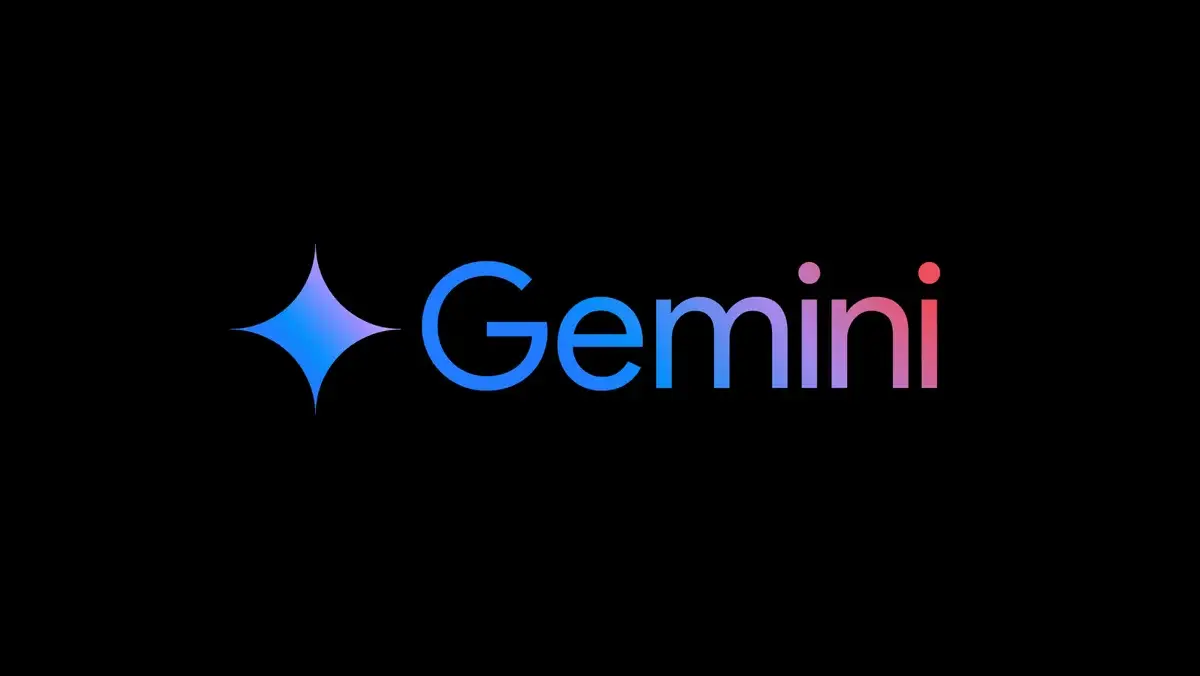
Google’s Gemini 2.0 Pro: A Quiet Revolution in AI?
The tech world is witnessing a fascinating shift in the AI landscape. Instead of a grand, splashy event, Google opted for a more subtle approach, quietly rolling out its next-generation flagship AI model, Gemini 2.0 Pro Experimental. This discreet launch, revealed within a changelog for the Gemini chatbot app, has sparked curiosity and speculation. Is this a sign of a changing strategy in the face of intense competition, or simply a measured release of an experimental product? Let’s delve into the details and explore the implications of this quiet revolution in AI.
A Shift in the AI Landscape: The DeepSeek Effect
Google’s understated launch of Gemini 2.0 Pro Experimental, the successor to Gemini 1.5 Pro, comes at a crucial time. The AI world is buzzing with the rise of Chinese AI startup DeepSeek. DeepSeek’s open-source models are reportedly achieving performance levels that rival, and in some cases surpass, those of leading American AI companies. This has sent ripples throughout Silicon Valley and even reached the highest levels of the U.S. government, prompting discussions about the future of AI development and competition.
DeepSeek’s success highlights the growing importance of open-source AI and community-driven development. Their approach challenges the traditional model of closed, proprietary AI development, forcing established players like Google to adapt and innovate. The pressure is on to not only develop cutting-edge AI models but also to make them accessible and usable.
Gemini 2.0 Pro Experimental: Unveiling the Details
Gemini 2.0 Pro Experimental, currently available to Gemini Advanced users, is positioned as the flagship model within the Gemini family. Google’s now-retracted changelog highlighted its improved “factuality” and “stronger performance” in coding and mathematics. This focus on accuracy and complex problem-solving suggests that Gemini 2.0 Pro Experimental is designed for users with advanced needs, such as developers, researchers, and those working with computationally intensive tasks.
The now-retracted description pointed to Gemini 2.0 Pro Experimental’s capabilities in tackling complex coding challenges, including generating programs from scratch, and solving intricate mathematical problems, such as developing statistical models and quantum algorithms. These features position the model as a powerful tool for tackling some of the most demanding computational tasks.
The Gemini Ecosystem: A Multifaceted Approach
Gemini Advanced, accessible through Google One AI Premium and Gemini for Google Workspace add-ons, provides users with access to this cutting-edge technology. Google emphasizes that Gemini 2.0 Pro Experimental is in “early preview,” acknowledging the potential for “unexpected behaviors” and errors. This cautious approach underscores the experimental nature of the release and the importance of user feedback in its ongoing development. It also suggests a commitment to transparency and a willingness to iterate based on real-world usage. It is important to note that unlike other Gemini models, Gemini 2.0 Pro Experimental currently lacks access to real-time information and isn’t fully integrated with all the features of the Gemini app.
Alongside the experimental release of Gemini 2.0 Pro Experimental, Google has made Gemini 2.0 Flash, which was announced last December, available to all Gemini app users. Gemini 2.0 Flash will serve as the default model for the foreseeable future, ensuring that all users have access to a robust and reliable AI experience. This dual approach, with an experimental model for advanced users and a stable model for general use, reflects Google’s strategy of catering to a diverse user base.
The Broader Context: AI Competition and Open-Source Dynamics
The quiet launch of Gemini 2.0 Pro Experimental must be understood within the context of the rapidly evolving AI landscape. The competition is fierce, with companies vying for dominance in this transformative technology. DeepSeek’s success has demonstrated the power of open-source AI and community-driven development, challenging the established order and forcing traditional players like Google to re-evaluate their strategies.
The competition extends beyond just model performance. Accessibility and usability are also key factors. DeepSeek’s decision to make its models openly available for download and use has disrupted the traditional model of closed, proprietary AI development. This move has ignited a debate about the future of AI and the balance between innovation and accessibility.
The Importance of User Feedback and Iteration
Google’s emphasis on “rapid iteration” and the crucial role of user feedback highlights the company’s commitment to continuous improvement. The experimental nature of Gemini 2.0 Pro Experimental underscores the importance of real-world testing and user interaction in shaping the model’s future trajectory. By providing early access to Gemini Advanced subscribers, Google is tapping into a valuable source of feedback that will be instrumental in refining the model and preparing it for a broader release.
This iterative approach reflects a growing trend in the AI industry. Companies are increasingly recognizing the importance of user feedback in developing and refining their AI models. Real-world usage provides invaluable insights into the strengths and weaknesses of a model, allowing developers to make necessary adjustments and improvements.
The Future of AI: A New Era of Development?
The quiet launch of Gemini 2.0 Pro Experimental may signal a shift in how AI models are developed and deployed. As the competition intensifies and the open-source movement gains momentum, we can anticipate more nuanced and strategic approaches from tech giants like Google. The focus is shifting from grand announcements and hype to iterative development, user feedback, and a more measured approach to releasing new AI models.
The future of AI is not just about building increasingly powerful models; it’s also about making them accessible, reliable, and beneficial to users. The coming months and years will be crucial in determining how this landscape evolves and how companies like Google navigate this new era of AI development. The quiet launch of Gemini 2.0 Pro Experimental might just be the beginning of a significant transformation in the way AI models are developed, deployed, and integrated into our lives. It represents a move towards a more collaborative, user-centric, and iterative approach to AI development, which could ultimately lead to more robust, reliable, and beneficial AI systems. The emphasis on “factuality” and “stronger performance” in Gemini 2.0 Pro Experimental also suggests a growing focus on addressing the challenges of AI bias and misinformation, which are crucial for building trust in these powerful technologies. As AI continues to evolve, we can expect to see even more innovative approaches to development and deployment, driven by the need to create AI systems that are not only powerful but also ethical and responsible.
AI Model Comparison
| Aspect | Gemini 2.0 Pro Experimental | Gemini 2.0 Flash | DeepSeek Models |
|---|---|---|---|
| Launch Style | Quiet, via changelog | Announced previously, now available | Openly available, downloadable |
| Target Users | Gemini Advanced subscribers (Google One AI Premium) | All Gemini app users | Companies, researchers, general public (depending on model) |
| Key Features/Focus | Improved factuality, stronger coding & math performance | General use, default model in Gemini app | Vary depending on model; some rival leading US models in performance |
| Availability | Early preview, experimental | Generally available | Open source, downloadable (availability may vary) |
| Real-time Information | No | Likely Yes (Not specified in article) | Potentially, depending on model capabilities |
| App Compatibility | Not fully compatible with all Gemini app features | Integrated into Gemini App | N/A (Used independently) |
| Development Approach | Iterative, based on user feedback | N/A (Assumed stable for general release) | Open source, community-driven |
| Context in AI Landscape | Response to competition, experimental release | Stable, readily available option for broader user base | Driving open-source movement, challenging established players |




vkc1xb